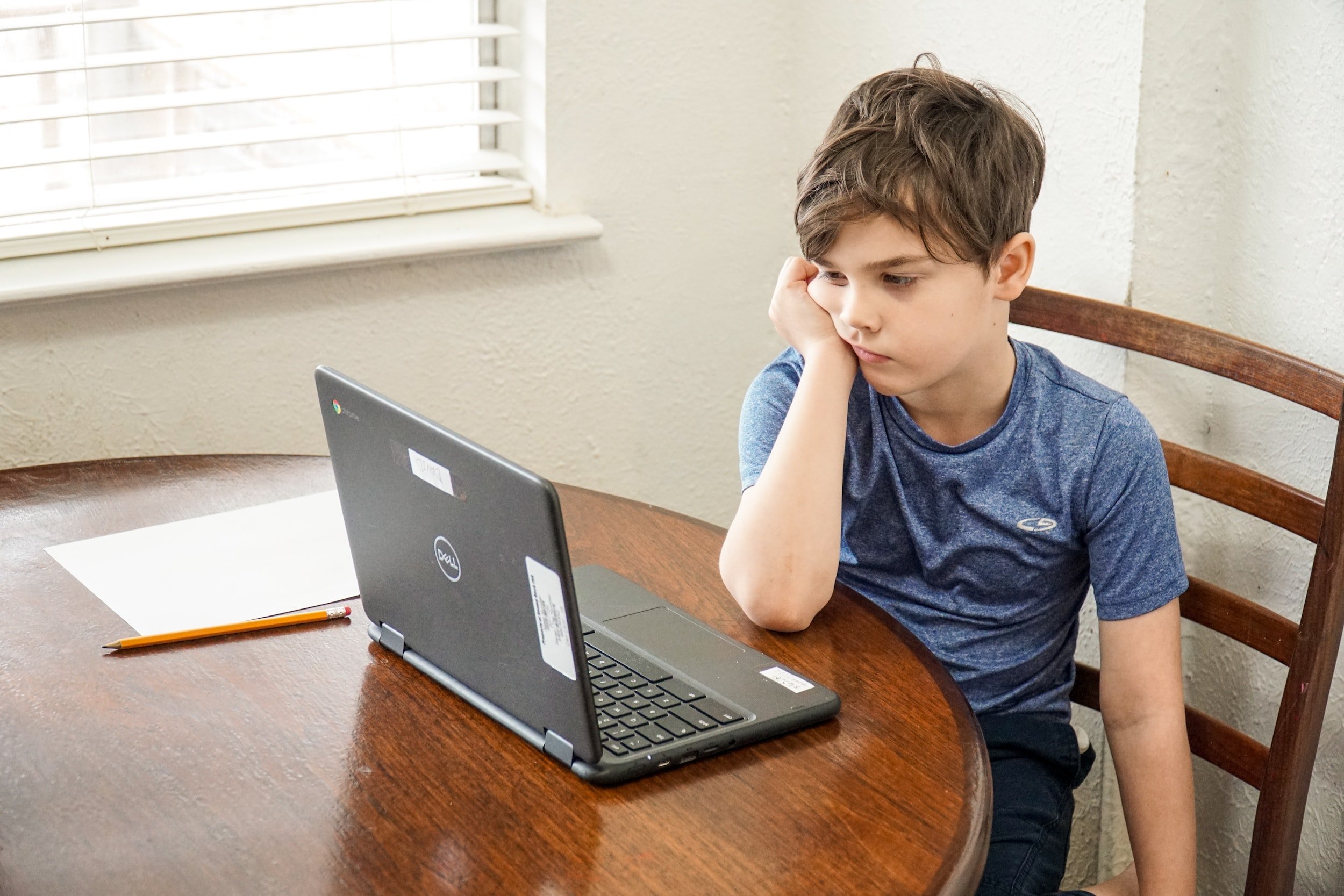Milestones

Is your child on-track with his/her developmental milestones?
Here is a helpful timeline to see if your child is right on track
-
Calms down or smiles when spoken to
Seems to recognize familiar voices
Startles and reacts upon hearing loud noises
Starts or stops feeding in response to sound
Begins to coo and make pleasure sounds
Cries differently for different needs
-
Follows sounds with their eyes
Responds to changes in the tone of your voice
Makes gurgling sounds when playing with you or alone
Uses their voice to express pleasure and displeasure
Notices music and toys that make soundsBabbles in a speech-like way during playtime
Smiles during interaction with familiar faces
Laughs and giggles
-
Says a few words, like “mama” or “uh-oh”
Understands simple commands like, “come here”
Shows anxiety when separated from main caregivers
Recognizes words for common items, like “juice”
Responds to the word “no”
Uses speech sounds to get attention
Uses nouns almost exclusively
Listens when spoken to
Communicates using gestures like holding up arms
Imitates different speech sounds
-
Identifies pictures or objects by pointing
Recognizes the names of familiar people, objects and body parts
Follows simple directions accompanied by gestures
Practices voice intonation, sometimes imitating others
Uses inflection and emotion even if speech is unintelligible
Asks one- or two-word questions, like “more milk?”
Understands simple questions, like “where’s your bear?”
Has a growing vocabulary of 5-20 words
Enjoys simple stories, songs and nursery rhymes
Uses a variety of consonant sounds at the beginning of words
-
Requests specific items by name
Has a word to communicate almost everything
Has growing vocabulary of 50-250 words
Begins to use verbs, plurals and past tense
Uses vowels correctly
Speaks in a way that is understood by family and friends
-
Has a growing vocabulary of 800-1500 words
Speaks using 4- or 5-words sentences
Uses pronouns during speech
Talks about experiences and events in chronological order
Engages in conversations
Begins to identify colors and animals
Imitates many words, phrases, soundsUnderstands contrasts
Uses at least four prepositions
Uses speech that is 80% intelligible to strangers
Understands between 1200-2000 words
Answers simple “who?” “what?” “where?” and “why?” questions
-
Repeats sentences as long as 9 words
Uses speech that’s intelligible, even if articulation errors are present
Counts to 10 without help
Knows and understands opposites
Understands simple time concepts
Uses adjectives and adverbs in conversations
Repeats 4 syllable words
Has the ability to define common words
Pays attention to and comprehends short storiesHears and understands most of what is said at home and at school
Tells stories that stay on topic
Communicates easily with others
Says most sounds correctly
Uses rhyming words
Names some letters and numbers
Uses adult grammar

